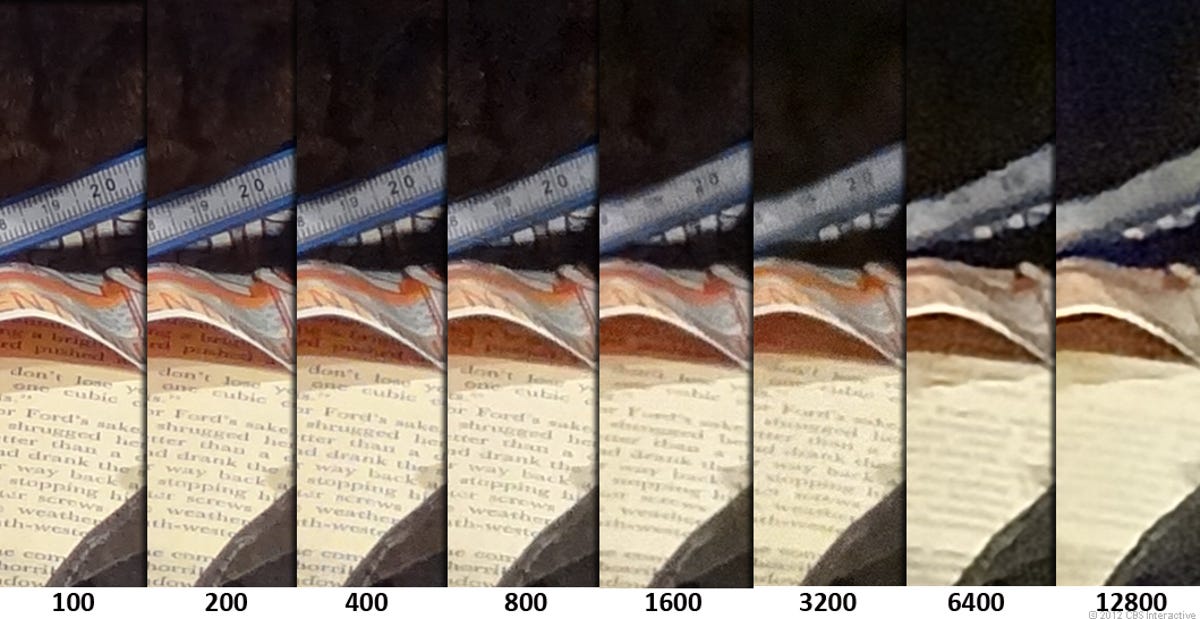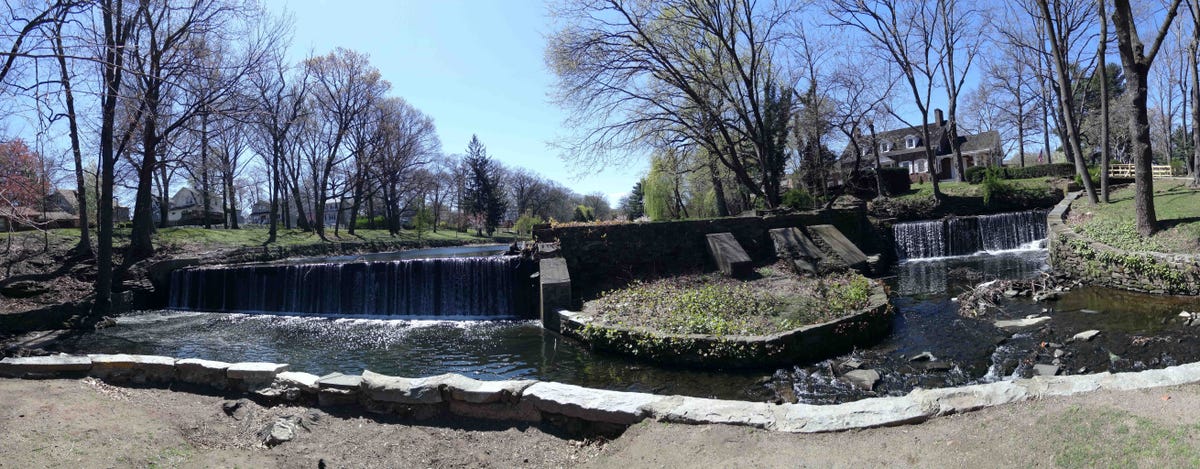
ISO comparison
The HX10V's 18-megapixel resolution shouldn't be used as a gauge of image quality. It's basically little more than marketing at this point (and that really can be said about most compact cameras). The same goes for ISO sensitivities. Pixel peepers expecting sharp fine details free of noise and artifacts when photos are viewed at full size onscreen won't find that here even at its lowest ISOs.
That said, at reduced sizes, photos do look very good even at higher ISO settings. If most of your shots end up on Facebook or get turned into photo books or 8.5x11 prints or smaller, you'll probably be more than satisfied with the HX10V's results. And as long as you're not going to make large prints with them, there is room to crop and enlarge before things look too painterly.
Macro
Color
Picture Effects
More Picture Effects
Zoom range
Clear Image Zoom
Lens distortion
Manual mode
Background Defocus
Backlight HDR
Intelligent Panorama


